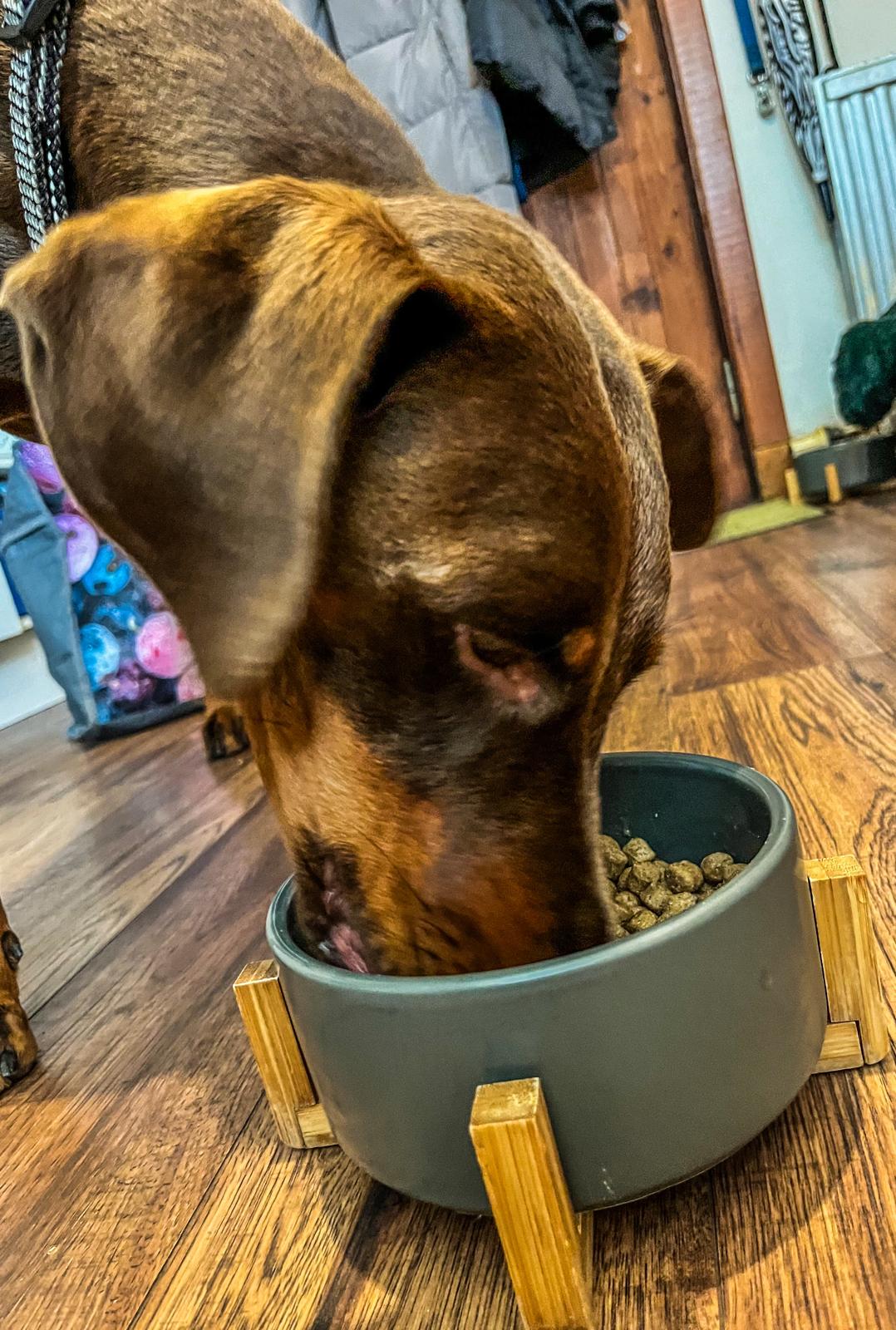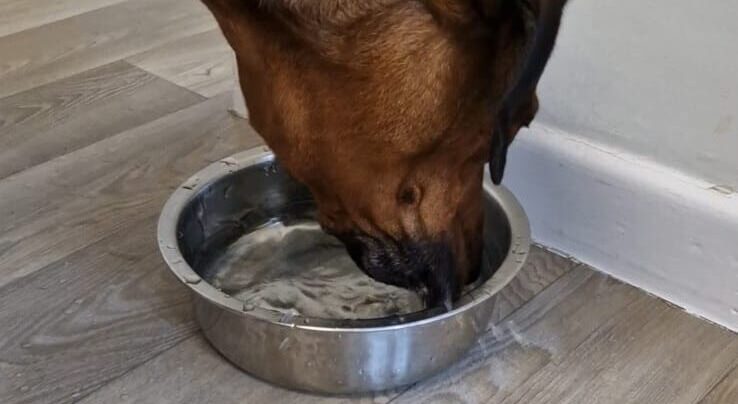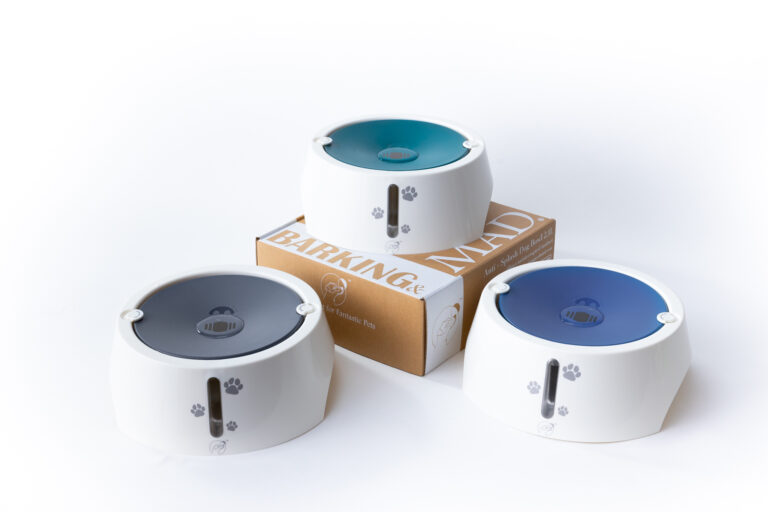As dog owners we are always looking for the best for our dogs and sometimes that means trying the unconventional. One such option that many dog owners wonder about is adding water to dry dog food.
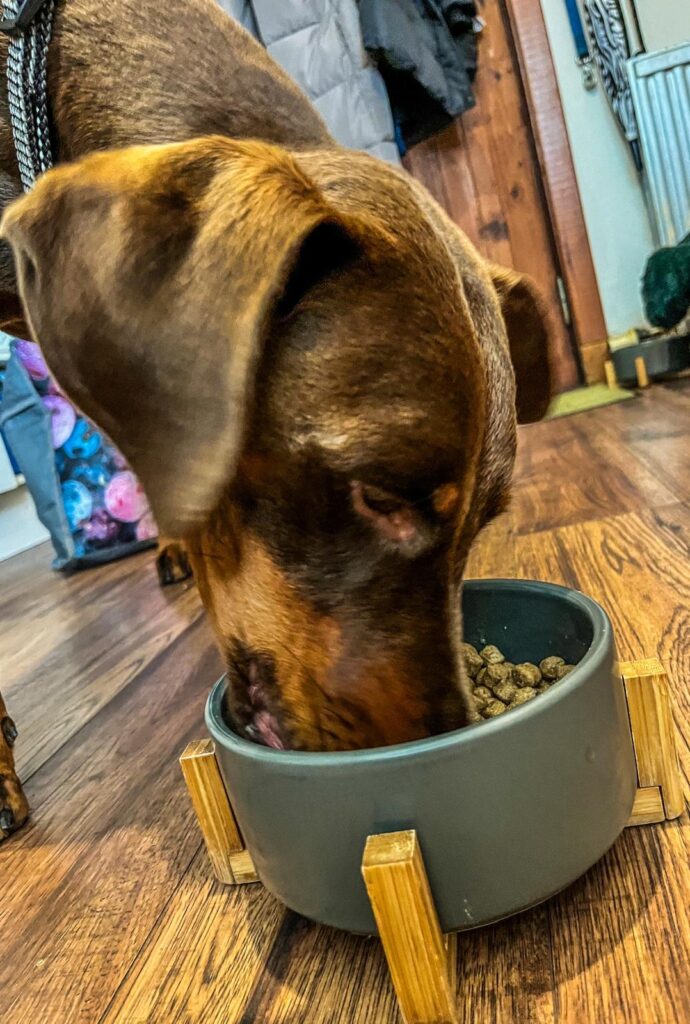
In this post we will be looking into the question – Should you add water to your dogs food?
We will be looking at the benefits, risks, tips for fussy eaters and how adding water can affect dogs with specific health conditions.
Plus we will answer some of the most asked questions about adding water to dry kibble.
Why Mix Dog Food With Water?
Hydration for Healthier Dogs
One of the main reasons to add water to your dogs dry food is hydration. Many dogs especially those that are not big drinkers may not be getting enough fluid intake from their water bowls alone.
Lack of water intake can affect your dogs overall health, especially their immune system, digestive tract and even their body’s ability to absorb certain vitamins.
Dry dog food by its nature has very little moisture content. So adding water to your dogs kibble helps boost their hydration levels. This is especially important for active dogs, dogs living in hot climates or those that are not naturally inclined to drink much water throughout the day.
Digestive Enzymes
Moistening dry food also makes it easier for your dogs digestive enzymes to break down the food making the whole digestive process smoother.
If you’re concerned about the quality of water to use, filtered water is a good option to avoid introducing any contaminants into your dogs diet.
Easier Digestion for Sensitive Stomachs
For some dogs dry kibble can be hard to chew and digest. Adding water to dry dog food softens the kibble, turns it into a moistened food that is gentler on the digestive system. This is especially good for puppies, older dogs and those with dental problems.
Softened dry food is easier for your dogs stomach to handle the meal, reduces the risk of digestive issues like constipation or bloating. The process of adding water to dog food allows the digestive tract to process the food more efficiently, prevents any discomfort caused by hard kibble.
For dogs with sensitive stomachs the simple act of adding water to dry food can make all the difference in their overall digestive health. But be careful not to add too much water as this can have an adverse effect and can cause overhydration or bloating in some dogs.
Encouraging Fussy Eaters to Eat
For dog owners with fussy eaters mealtime can sometimes feel like a constant battle. One simple trick to make dry food more appealing to your dog is to add warm water.
When you add warmer water to your dogs kibble the heat releases the food’s natural aromas making the meal more appealing. It turns the kibble into a soft food that mimics wet food, a texture that dogs prefer.
If your dog is super fussy you can also add some low sodium bone broth to make it more flavorful. This method adds moisture and a rich savory taste without disrupting your dogs main diet.
Adding broth to moistened kibble can mix things up and encourage your dog to eat more without adding extra ingredients or calories.

Weight Management
Adding water to your dogs dry food can also help with weight management. By increasing the moisture content you can make the meal feel more filling for your dog without adding more food.
This is especially good for dogs on a restricted diet as the water makes the meal more filling and prevents overeating and helps maintain a healthy body weight.
For dog owners managing their dogs weight this can be a great way to ensure their dog is getting enough food while sticking to calorie restrictions. It’s a simple trick to promote satiety and prevent obesity related health problems.
Digestive Health in Older Dogs
As dogs age their digestive systems become more sensitive. Many older dogs experience slower digestion, reduced appetite and difficulty chewing due to dental problems.
By adding water to your senior dogs food you can help their digestive comfort. Softened kibble is gentler on an older dogs teeth and gums and is also easier for their stomach to process.
Appetites
Wetting the food can make it more appealing to older dogs so they can maintain a healthy appetite. Senior dogs have less energy and nutrition becomes even more important to keep them feeling good.
Adding water to their dry dog food is a small change that can make a big difference in helping your older pet get the most out of their meals.
If your senior dog is on a therapeutic diet prescribed by a vet especially for conditions like liver or kidney disease adding water can help maintain balanced hydration without adding extra calories or ingredients that can interfere with their health plan.
Always consult your vet if you have questions about changing your senior dogs diet.
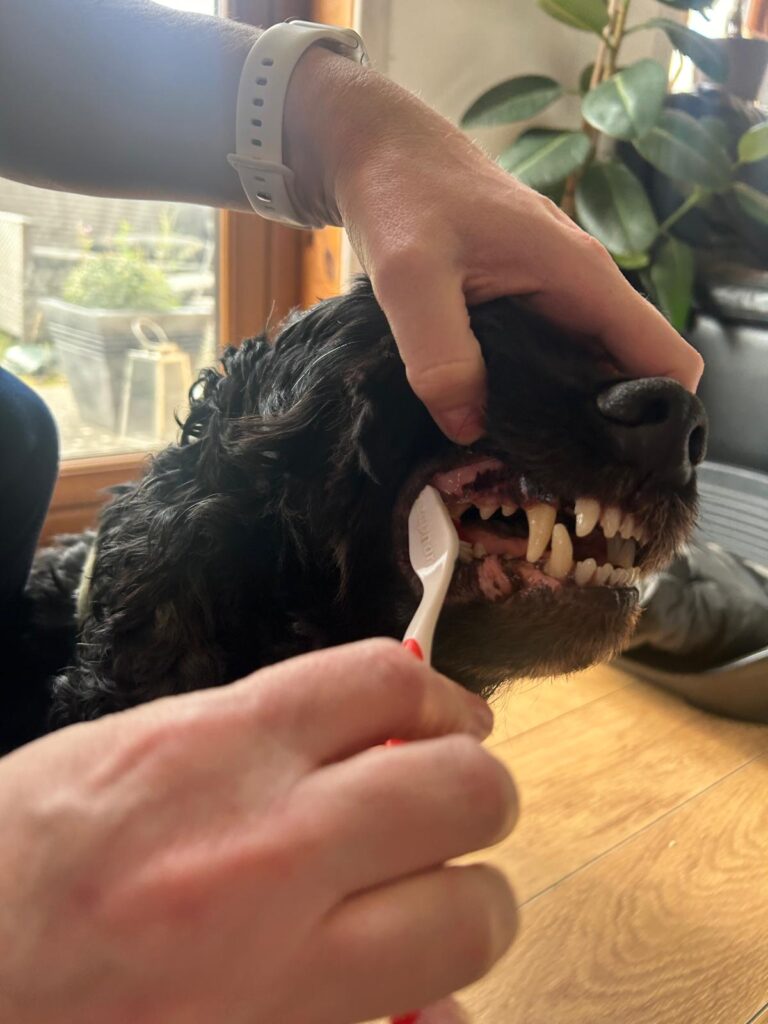
How to Add Water to Dry Food
There are many ways to add water to your dogs dry food and it’s all about finding what works for your dog. Here are some tips to get the most out of this:
Start Small: When adding water to your dogs food start small. Begin with a couple of tablespoons of water and let the kibble absorb the moisture for a few minutes. Add more water if your dog seems to like the softer texture.
Check the Texture: Some dogs like their food slightly softened and others like it almost mushy. You can experiment by soaking the food for different times—soaking for a few minutes gives it a chewy texture and soaking for longer turns it into a porridge like consistency.
Use Warm (Not Hot) Water: Using warmer water brings out the natural flavors and aromas of the kibble making it more appealing. Never use boiling or extremely hot water as it can degrade the nutrients in the food and burn your dogs mouth.
Make it a Habit: If your dog likes their kibble moistened consider making it part of their daily routine. This is especially helpful for dogs recovering from illness, with dental problems or are not big drinkers.
Nutrient Loss
One of the concerns dog owners have when adding water to dry dog food is whether it affects the nutritional value of the food.
Adding water alone won’t strip away essential nutrients but if you’re using extremely hot water or leaving the food to sit for too long there’s a chance some vitamins can degrade.
Vitamins
Vitamins like vitamin C and B vitamins are heat sensitive. For this reason it’s always best to use warm or room temperature water and serve the meal promptly to get the full nutritional benefit.
If your dog is on a therapeutic diet such as for digestive issues, liver problems or allergies it’s important to maintain the integrity of the prescribed nutrition.
Always consult with your vet before making any changes to how you serve your dogs food even if it’s just adding water.
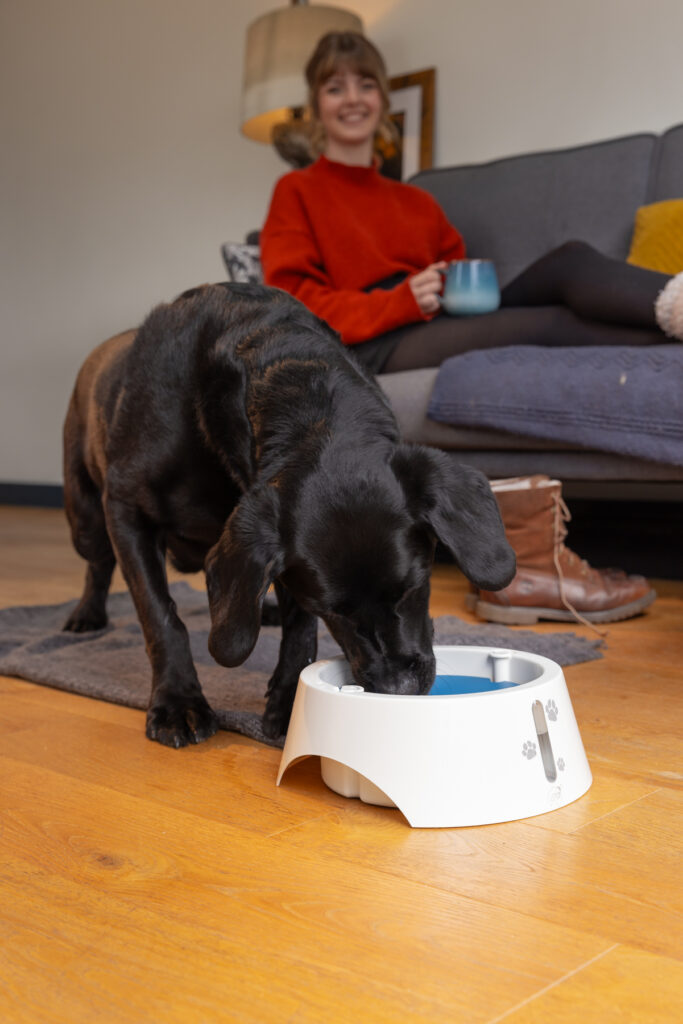
Cleaning and Hygiene after Mixing Water with Dry Kibble
Keeping the feeding area clean is important when adding water to dry food. The added moisture can cause faster bacterial growth which can be harmful to your dog.
After your dog is done eating make sure to clean the bowl thoroughly to prevent bacteria from growing on the leftover wet kibble.
If your dog doesn’t finish their moistened food within 30 minutes discard the leftover kibble and wash the bowl with warm soapy water. Keeping their eating area clean and bacteria free is important especially if your dog has a compromised immune system or digestive issues.
What Kind of Water to Add to Dry Dog Food?
When adding water to your dogs food you should consider the type of water you’re using. Different types of water can have different effects on your dog.
Filtered Water
Filtering water is the best option to add to your dogs kibble. It reduces exposure to contaminants like chlorine and heavy metals found in tap water that you don’t want in your dog’s body. This is especially helpful for dogs with sensitive stomachs or immune issues.
Tap Water
In most cases tap water is safe to mix with your dogs dry food. However always check your local water quality. Some areas may have higher levels of fluoride or chlorine which while not harmful in small amounts might not be ideal for your dog’s body with specific health concerns.
Bone Broth
Bone broth or low sodium broth is a great way to add flavour and nutrients to your dogs food. Many dogs love the taste and it’s a good option. Just avoid broths with garlic or onion as they are toxic to dogs.
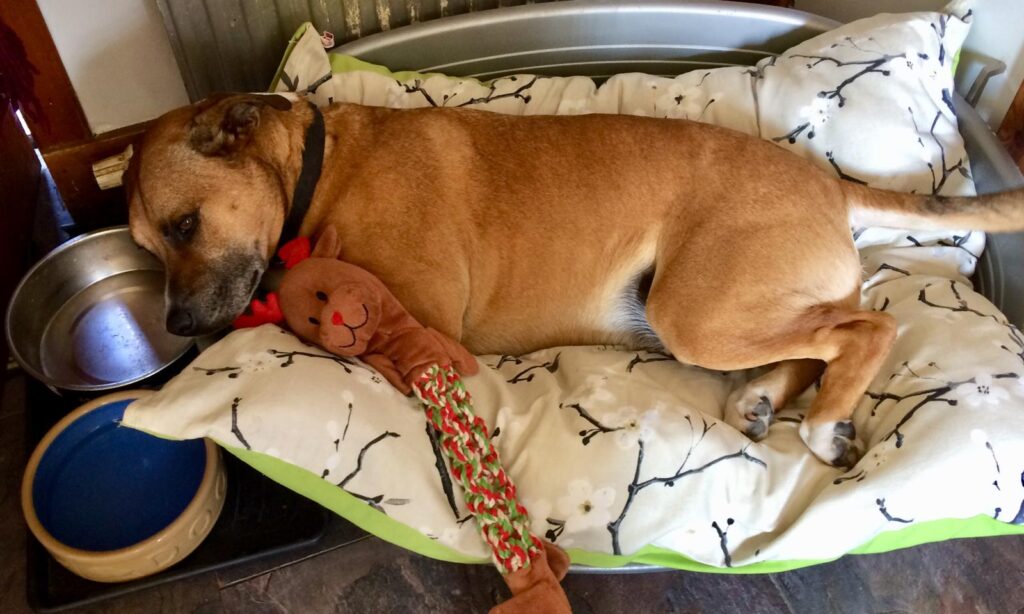
Adding Water to Dry Dog Food Risks
Bacterial Growth
Once water is added to dry kibble its shelf life is reduced. Moistened food can become a breeding ground for bacteria if left sitting too long.
To avoid this only mix water with the amount of food your dog will eat immediately. If your dog doesn’t finish their meal within 30 minutes discard the leftover soaked food and clean the bowl to prevent bacterial growth.
Reduced Dental Benefits
Dry kibble helps to clean your dog’s teeth by scraping plaque off as they chew. When you add water to dry dog food this benefit is reduced as the softened kibble won’t have the same abrasive effect. If your dog relies on kibble to help with dental health you might want to alternate between wet and dry meals or add dental chews.
Over hydration and Bloat
While rare adding too much water to your dogs food can cause overhydration or contribute to bloating in dogs prone to this. If your dog has digestive issues or is at risk of bloat consult your vet before increasing the amount of water in their food.
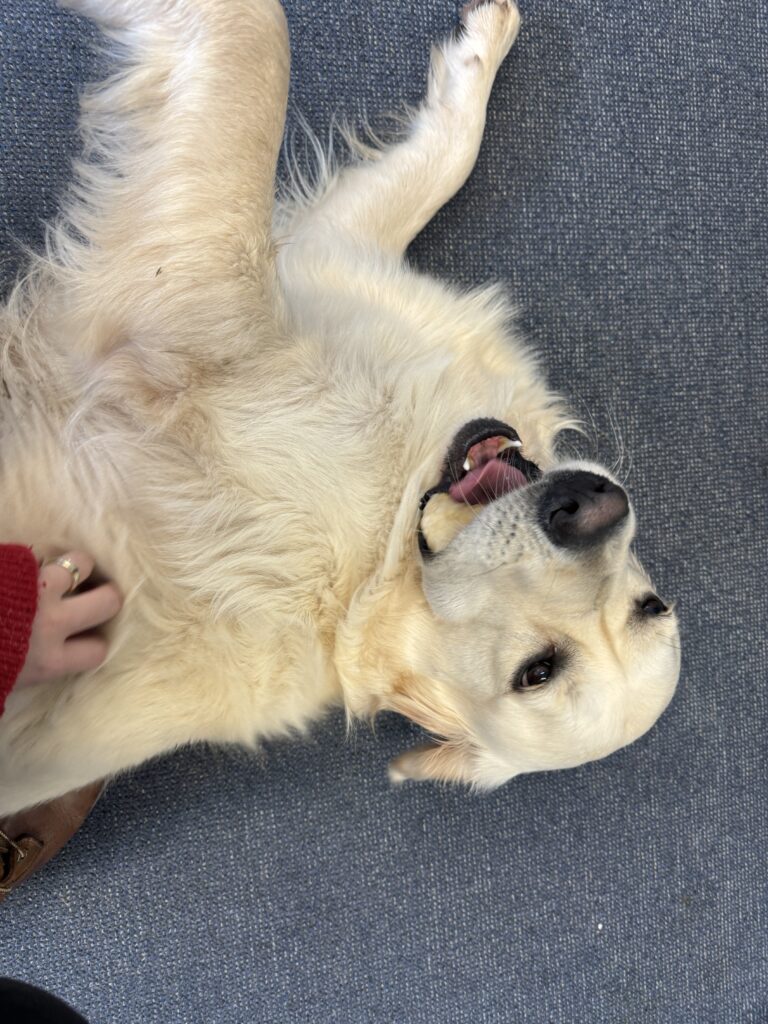
Mixing Water with Dog Food for Specific Health Conditions
Adding water to your dogs dry food is especially helpful for dogs with certain health conditions.
Dogs with Kidney Disease
For dogs with kidney disease hydration is key. Dogs with kidney issues have trouble staying hydrated and adding water to their food can help increase fluid intake. This helps the kidneys to flush out toxins more efficiently and overall support your dog’s health.
Diabetic Dogs
For dogs with diabetes soaking dry food in water slows down the digestive process and prevents blood sugar spikes. By adding water you can help your dog manage their condition better and slow down the release of glucose into the bloodstream.
Dental Issues
Senior dogs or dogs with dental issues can benefit from having their dry food softened with water. Dogs with missing teeth, gum issues or dental pain can’t chew hard kibble. Softening dry food is a more comfortable option for them to eat without discomfort.
Adding to Their Meal: Tips for Picky Eaters
If your dog isn’t interested in their dry food mixing water into their kibble might be the answer. Here are a few tips to make their meal more appealing:
Aromas: Warm water releases the natural aromas in dry kibble which can stimulate your dog’s appetite.
Texture: Some dogs prefer the texture of softened kibble which is closer to wet food. Try different amounts of water to see what your dog likes.
Broth: Adding a splash of low sodium broth can add flavor without compromising the nutritional balance of your dog’s meal.
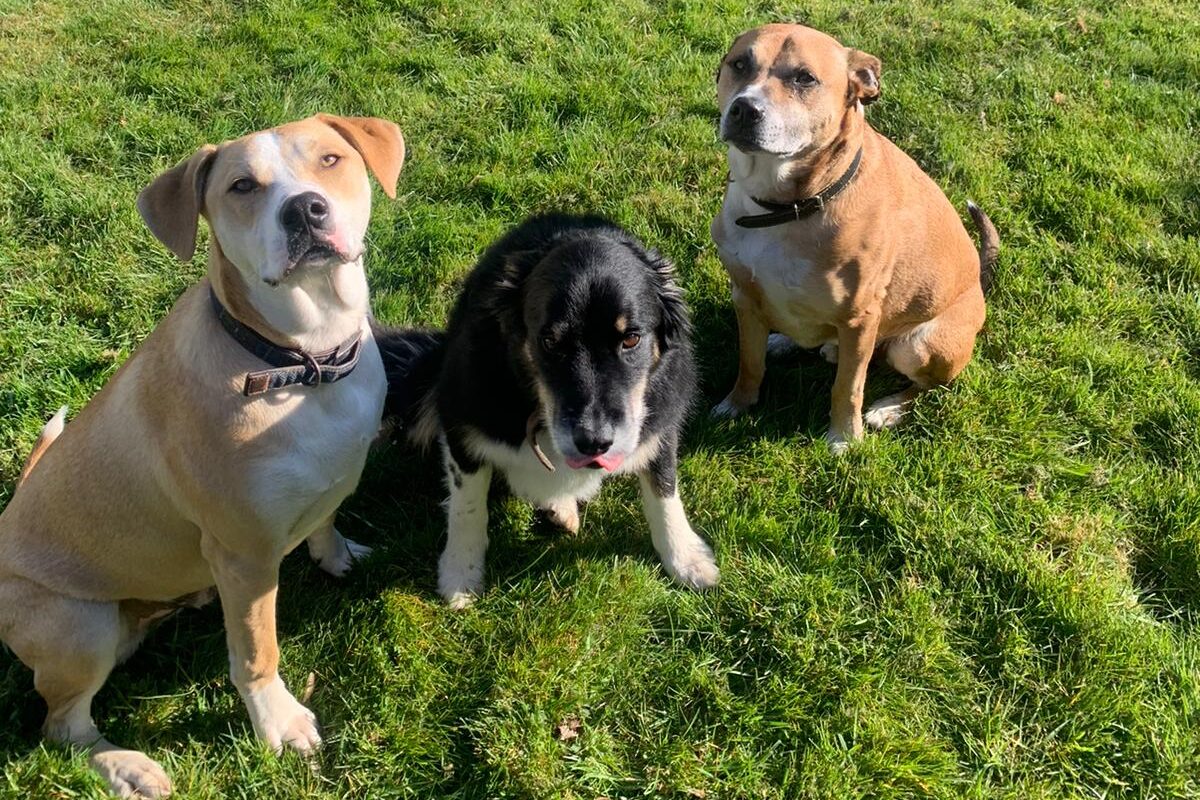
Its The FAQ!
Can I soften dog’s food with water?
Yes you can. Softening dry food with water makes it easier for dogs to chew and digest especially those with dental issues.
Can I mix wet and dry pet food?
Yes mixing wet food with dry food is common among dog owners. It provides texture and flavor variety which dogs love.
How much water should I add to dry dog food?
It depends on your dog. Soaking food with generally ¼ to ½ cup of water per cup of dry food works well.
Should I add anything to my dog’s dry food?
You can add water, low sodium broth or a small amount of wet food to enhance the flavor of your dog’s kibble. Don’t add human food as these may not be part of your dog’s therapeutic diet.
Is it healthy to mix wet and dry dog’s food?
Yes mixing wet and dry food can provide a balanced meal with the added moisture and taste dogs love. Monitor portion sizes and overall nutritional balance.
Can I add water to dehydrated dog food?
Yes adding water is required when feeding dehydrated dog food. It rehydrates the food and makes it safe and easy for your dog to eat.
Does wetting dry pet foods cause bloat?
Wetting dry food doesn’t cause bloat but adding too much water too fast can contribute to the risk in dogs prone to this condition. Consult your vet if you’re concerned.
Conclusion: Adding Water to Dry Dog’s Food
Adding water to your dog’s kibble can have many benefits from increasing hydration to aiding digestion and making meals more appealing to picky eaters.
Just balance the amount of water you add, consider your dog’s health condition and avoid bacterial growth by serving meals fresh. Whether you’re softening kibble for senior dogs or enhancing meal for picky eaters adding water is a simple way to improve your dog’s overall well-being.

